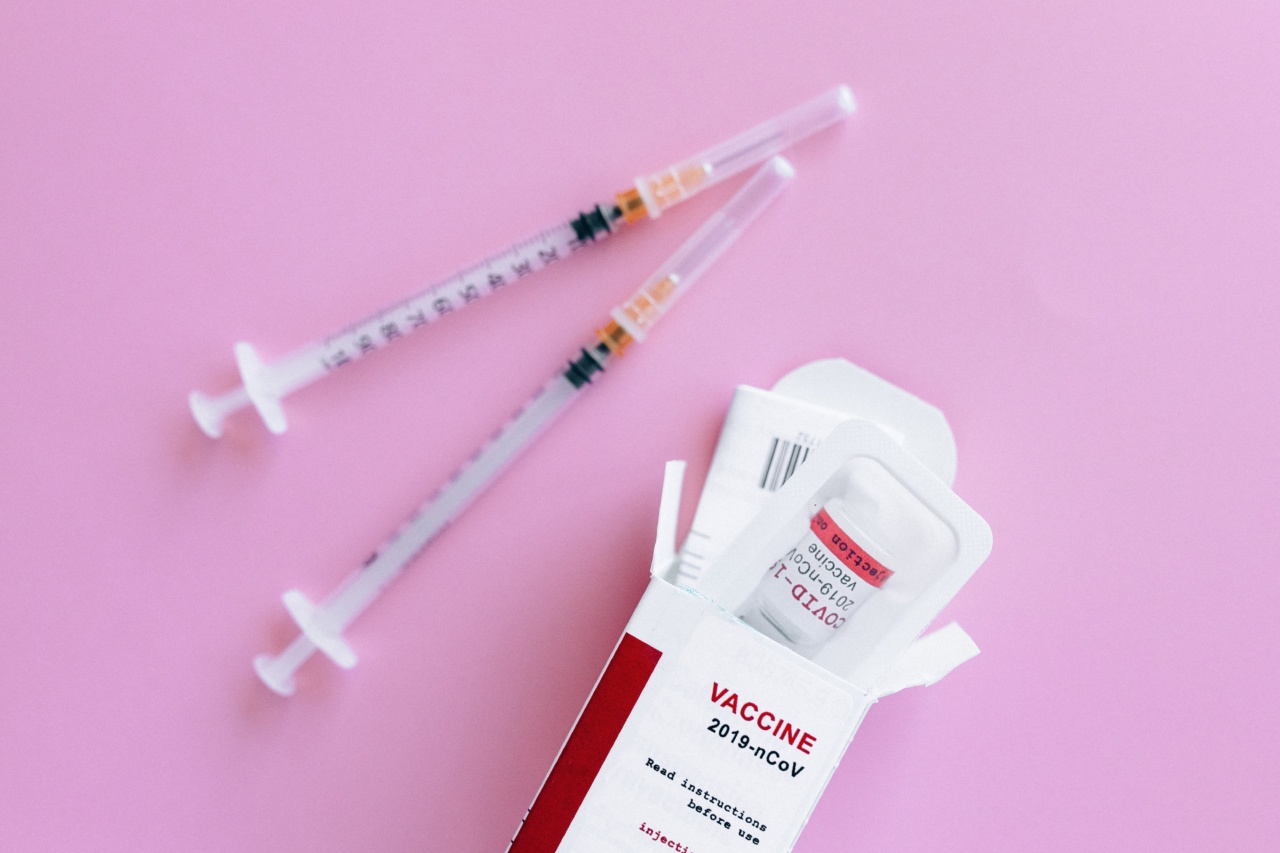As the temperatures drop each year, snowfall becomes a common phenomenon in many parts of the world.
While many people enjoy the beautiful scenery and outdoor activities associated with snow, researchers have now linked the cold weather and snowfall to various health concerns, including heart health.
A recent study published in the Canadian Medical Association Journal found that heavy snowfall could increase the likelihood of heart attack hospital admissions.
The research revealed that there was a 16% increase in hospital admissions for heart attack during heavy snowfall days compared to days with no snowfall.
The science behind the link
There are several reasons why snowfall could be harmful to heart health. Firstly, heavy snowfall and cold temperatures can cause the blood vessels to constrict, increasing blood pressure and making it harder for blood to circulate throughout the body.
Additionally, when shoveling snow, the sudden increase in physical activity can put extra strain on the heart and raise blood pressure, especially in people with pre-existing heart conditions.
The study also found that people were more likely to dismiss symptoms of a heart attack during snowfall, leading to delayed treatment and worse outcomes.
Symptoms such as chest pain, shortness of breath, and fatigue may be attributed to the cold weather or the physical activity associated with shoveling snow, causing people to underestimate the severity of their condition and delay seeking medical attention.
Who is at risk?
While snowfall and cold weather can affect anyone’s heart health, certain groups are at higher risk. These include older adults, people with pre-existing heart conditions, and those who are not physically active.
In particular, people who live in areas with heavy snowfall should take extra precautions to protect their heart health during the winter months.
How to protect yourself from the harmful effects of snowfall
There are several things you can do to protect your heart health during snowfall and cold weather.
Stay warm
Dress in warm layers to keep your body temperature stable and protect against the cold weather. Be sure to cover your head, hands, and feet to prevent heat loss from these areas.
Avoid shoveling snow
If possible, avoid shoveling snow altogether, especially if you have a pre-existing heart condition. If you do need to shovel snow, take frequent breaks, use a lightweight shovel, and avoid overexerting yourself.
Be aware of heart attack symptoms
Know the symptoms of a heart attack and seek medical attention immediately if you experience any of them. Symptoms may include chest pain, shortness of breath, fatigue, dizziness, and nausea.
Stay active
Regular physical activity can help improve heart health and reduce the risk of heart attack. Even during the winter months, try to engage in indoor activities such as yoga, Pilates, or swimming.
Conclusion
Snowfall may be a beautiful sight, but it can also have harmful effects on heart health. By taking the necessary precautions and being aware of the risks, you can protect yourself and reduce the likelihood of heart attack during the winter months.




















